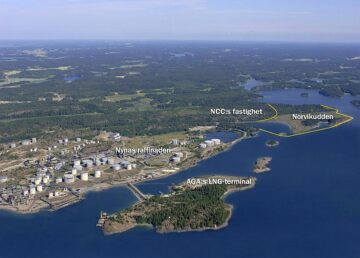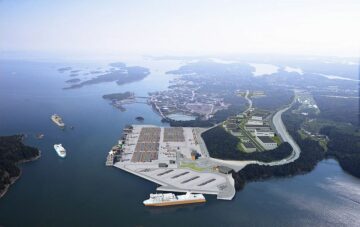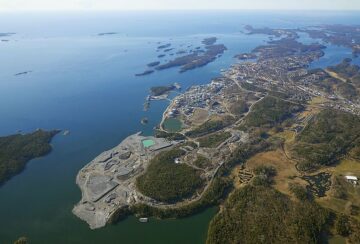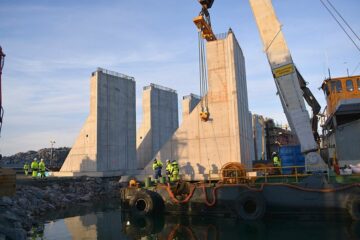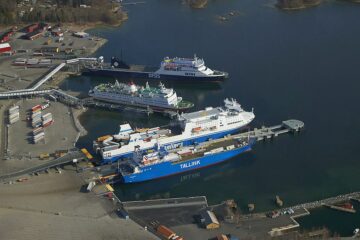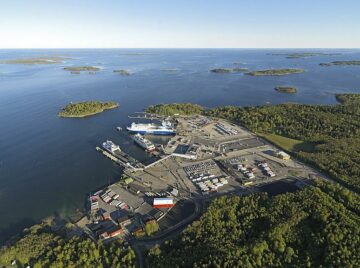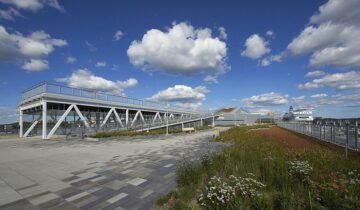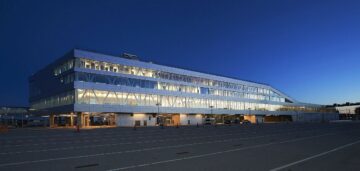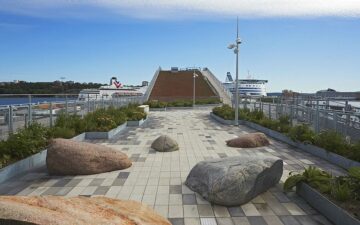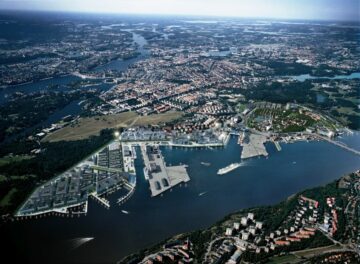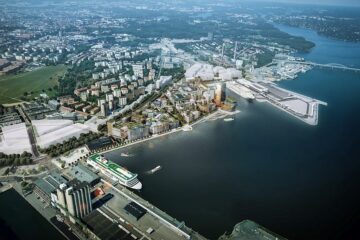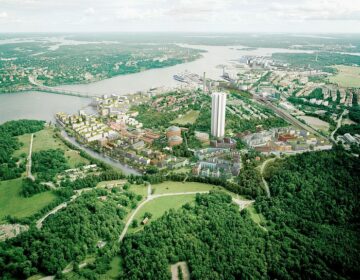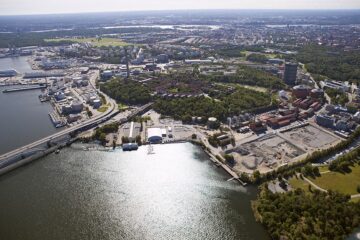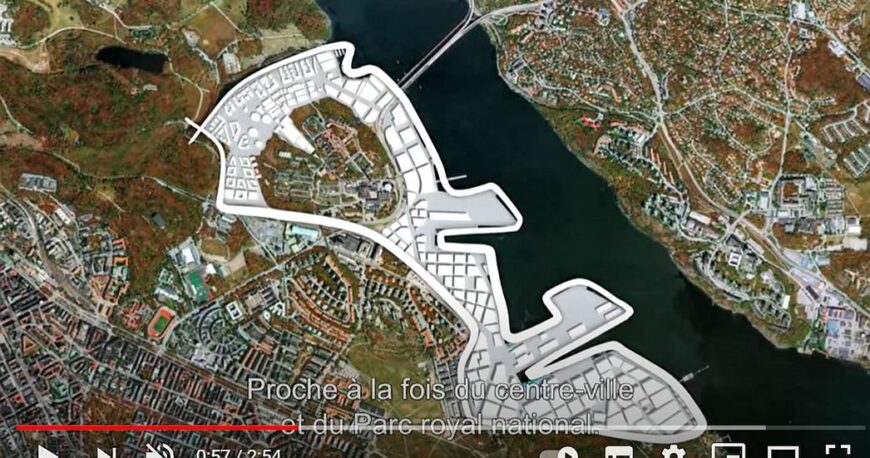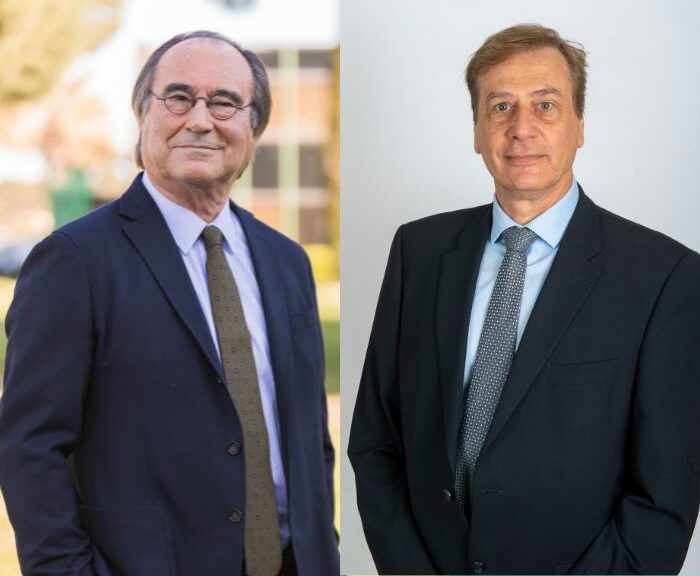Interview with Johan Castwall, Chief Executive Officer, Ports of Stockholm
On October 2016, after three years of works, Ports of Stockholm inaugurated the new port of Värtahamnen. This reconstruction of Värtahamnen is part of the large urban development project, the Stockholm Royal Seaport. Stockholm Royal Seaport: this old industrial-port zone is gradually being turned into a port district which in 2030 will provide homes for 12,000 people, as well as 35,000 new jobs. Citizen consultation, new technologies, sustainable urban development, the project is nothing short of a demonstration of the smart port city. How the Port and the City of Stockholm are jointly working to achieve this ambitious goal?
Ports of Stockholm is member of AIVP since 2006
AIVP – Could you tell us a bit more about the new port of Vartahamnen and explain how it makes room for urban development too?

Johan Castwall, Chief Executive Officer – Ports of Stockholm. This is a historic period for the City of Stockholm and the Ports of Stockholm. Together we are adapting our city and ports to the growth of Stockholm and the next 100 years. Stockholm is now one of the fastest growing cities in Europe and the Baltic Sea a strategic region for sea traffic. We do it by realizing a common, long-term, integrated plan. This port development strategy, was ratified by the Municipal Council in 2006 and details how our ports will develop as part of the joint plan for the future. Ports of Stockholm is now working to realize this vision, where city and port develop side by side with a common long-term goal. This work is tangibly illustrated by three major development projects.
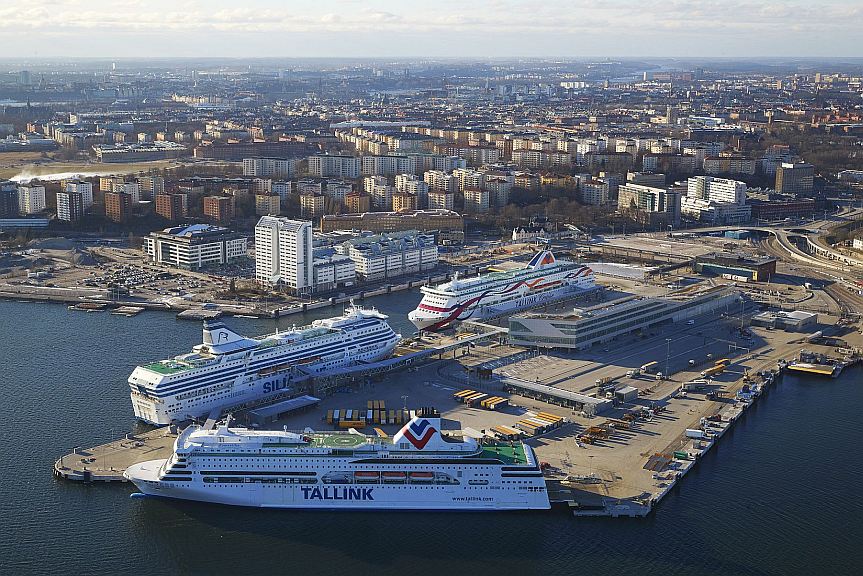
Värtahamnen
In the Stockholm Royal Seaport area, where many of Stockholm’s port areas are located, one of Sweden’s most exciting urban development projects is underway, with a major focus on the environment. The rebuilding work at Värtahamnen, with a new pier and terminal to make this a modern port that meets the needs of the future and make room for urban development is one of the most important stages in this new port district urban development
Stockholm Norvik
Just south of Stockholm Norvik Port is being built to guarantee efficient provision of goods to the expanding Stockholm region over the longterm. The port will meet the needs of the future by being able to accommodate larger vessels and will also contribute to a transition from overland haulage to sea transportation routes; an important factor from a sustainability perspective
Port of Kapellskär
The Port of Kapellskär has been modernized to fulfil market demands, improve safety and security and facilitate more modern and environmentally friendly methods of operation. A new pier has been built that is long enough to allow larger vessels to call, the harbour basin will be deepened and land areas expanded to optimise traffic flow at the port
With these projects we concentrate and develop passenger traffic in the city ports and freight traffic to the ports just outside the city heart and make room for urban development.
AIVP – The Varta Terminal designed by C.F. Møller Architects could be seen as a perfect example of a smart port/city facility.
Which innovative solutions have been implemented to achieve this sustainable mix of port and urban functions?
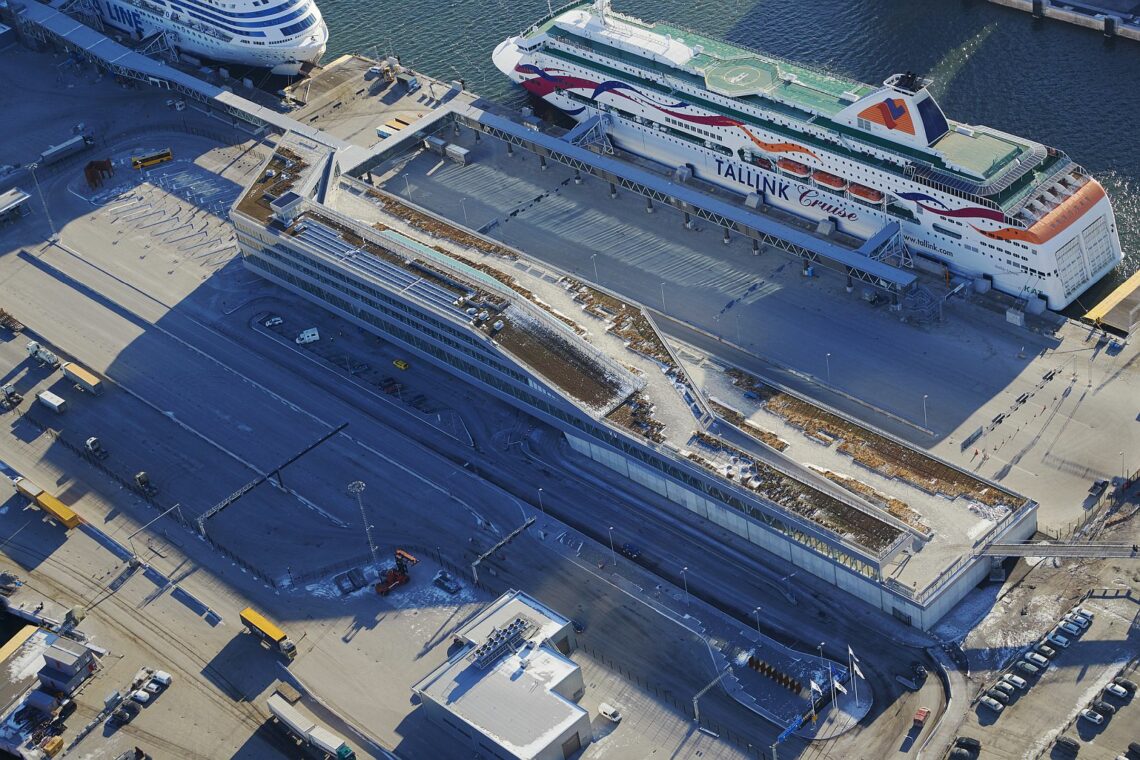
Johan Castwall – The new terminal for Stockholm’s permanent ferry connections to Finland and the Baltics is a landmark for the new urban development Norra Djursgårdsstaden – both architecturally and environmentally.
The terminal recalls the shape of a moving vessel and the architecture – with large cranes and warehouses – that previously characterized the ports. At the same time, the terminal has an ambitious sustainable profile, characteristic of the entire development. The main idea has been to create natural links between central Stockholm and the new urban area in connection with the terminal, so that city life will naturally flow into the area. Therefore the terminal is raised to be at level with the urban zone, so it is easy for both pedestrians and traffic to access. At the same time the roof of the terminal building is designed as a varied green landscape with stairs, ramps, niches, and cosy corners, inviting both Stockholmers and passengers for a stroll or relaxing moments, while enjoying the view of the ferries, the archipelago, and the city skyline.
Solar energy and geothermal heating/cooling are provided via the building’s integrated systems, making the terminal self-sufficient in energy. Värtaterminalen will receive the environmental certification level Gold.
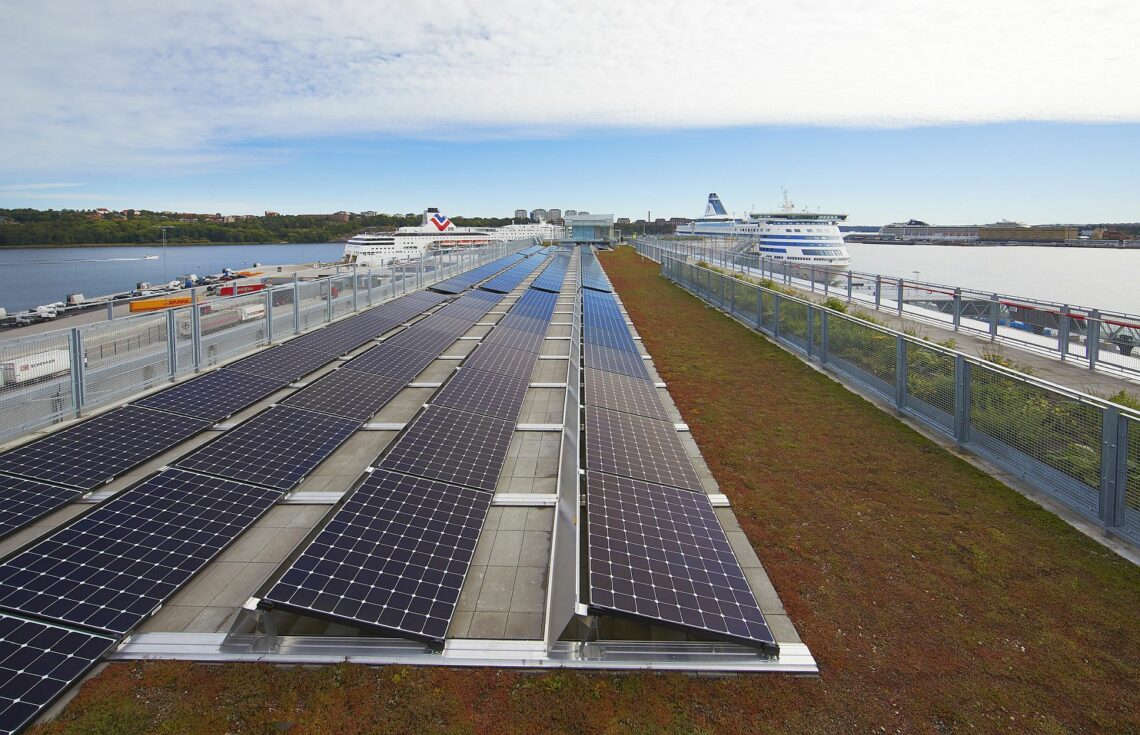
AIVP – The Royal Seaport project received an award for the best sustainable urban development project from the C40 Cities Climate Leadership Group. This award was presented during the last COP21 in Paris. So, a very symbolic moment, and may be also a greater pressure and determination to make this project succeed.
Could you summarize how it is addressing the climate change challenges and, according to you, which ones of its smart solutions could be implemented in any port cities?
Johan Castwall – As said before, Stockholm is now one of the fastest growing cities in Europe. We consider this a great advantage and an opportunity, but it is also a challenge. People need a place to live, the infrastructure needs to adopt and we are trying to have high sustainable goals for the urban development. Confirmation that we are on the right track came at the end of the year when Stockholm Royal Seaport received a C40 Cities Award in the Sustainable Communities category, which was accepted by the Mayor of Stockholm, Karin Wanngård at the Climate Change Conference in Paris.

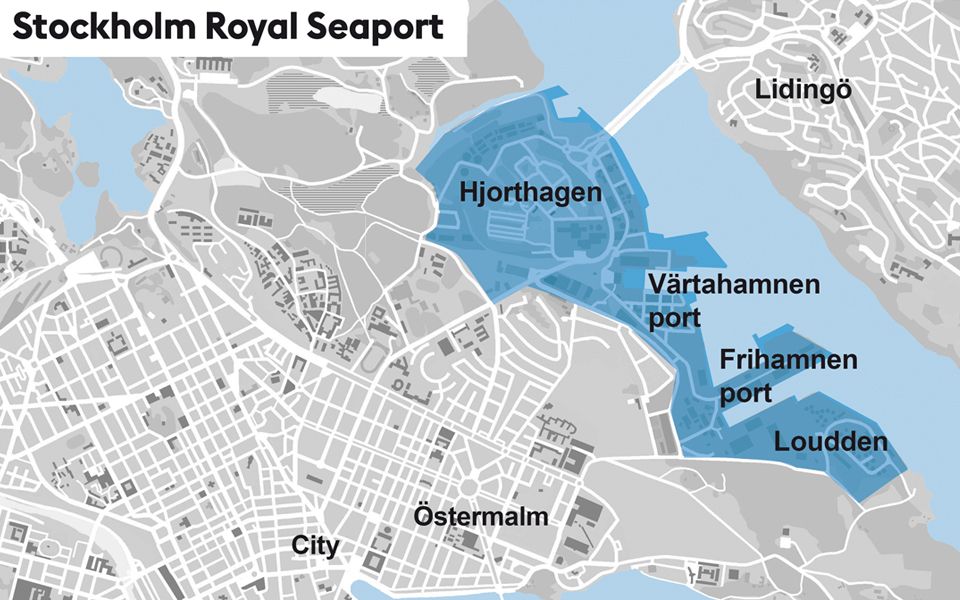
The Stockholm Royal Seaport is clearly referenced in the City´s Environmental Program and Climate Plan. Stockholm is developing the next generation of sustainable city districts paving the way for the rest of the city and helping to achieve a fossil fuel free Stockholm by 2030. Findings from Stockholm Royal Seaport are implemented city-wide and contribute to sustainability all across the city. Already, they have influenced policies on energy requirements, green space index, stormwater management, and traffic planning.
Stockholm Royal Seaport will be a living and integrated city district, built with the human scale in mind. The development will connect the northern and southern part of the Royal National Park and contribute to the area’s biological diversity. Other co-benefits include: cost savings due to lower resource use (energy, transport, waste) over the long term; green growth by creating green jobs in the clean tech sector; a stronger community through the creation of networks, project groups and residents association; and the proximity to and availability of green structures.
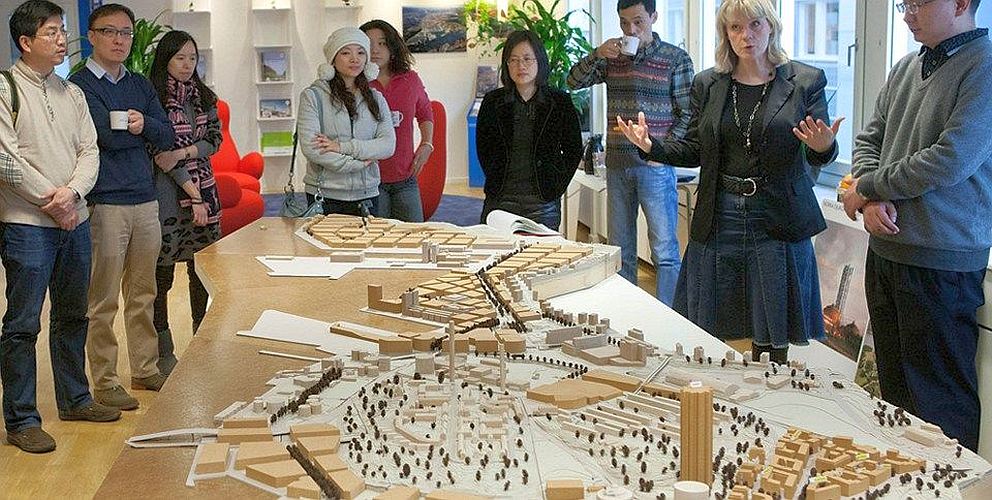
Good examples from the Stockholm Royal Seaport are continuously transferred to the City’s ordinary development projects. All participating departments are transferring the experience into their projects. Lessons from Stockholm Royal Seaport are already applied to other developments in the city and the region and will continue when new solutions are evaluated and demonstrated to be viable.
The project has created a great deal of international interest. More than 4,000 people from 43 countries have visited Stockholm Royal Seaport to find out how we work and to learn more about our urban development project.

